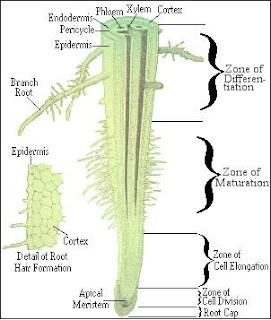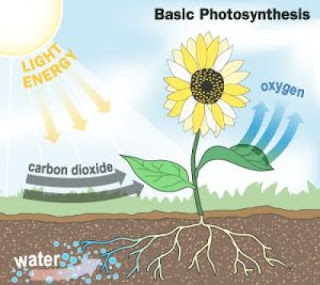Lantai hutan merupakan cirri yang paling penting dari tanah hutan dan sebuah ciri yang memiliki keunikan. Istilah lantai hutan digunakan secara umum untuk menunjukan semua bahan organic, meliputi serasah dan lapisan bahan organic yang sedang melapuk, terletak pada permukaan tanah mineral. Lapisan bahan organic ini dan mikroflora dan mikrofauna khususnya adalah tahap dinamis dari lingkungan hutan dan kriteria paling penting yang membedakan tanah hutan dengan tanah pertanian.
Lantai hutan merupakan suatu Zone dimana sisa-sisa hewan dan tanaman terdapat dalam jumlah yang banyak dan serasah hutan hancur diatas permukaan tanah mineral. Kebanyakan sisa-sisa tanaman ditambah jaringan hewan dan produk buangan secara bertahap tercampur di tanah mineal dan bersama dengan bagian tanaman di bawah permukaan tanah membentuk fraksi bahan organik tanah, selama proses dekomposisi, bahan organik tanah, termasuk sel-sel mikroorganisme yang mati. Merupakan sumber karbon yang akan digunakan oleh organisme generasi berikutnya. Lantai hutan tidak hanya sebagai sumber makanan dan tempat hidup bagi mikroflora dan mikrofauna, tetapi dalam penambahan sisa-sisa bahan organik lantai hutan memegang peranan yang penting dalam peredaran unsur-unsur hara, partikel nitrogen, posfor dan sulfur bagi tanaman tingkat tinggi.
Lebih jauh serasah hutan melindungi permukaan secara fisik dari perubahan suhu dan kelembaban yang besar dan memberi perlindungan secara mekanis dari perubahan tetesan rintik hujan dan tenaga erosi dan meningkatkan laju infiltrasi. Rimbawan sebagaimana mikrobiologis secara umum menggunakan istilah humus hutan secara luas untuk menunjukan lapisan bahan organik dari profil tanah, tetapi mereka telah lama mengetahui ada perbedaan dalam hal humus dan beberapa tipe penutupan hutan dan mungkin pada hakekatnya tipe hutan yang sama tumbuh pada jenis tanah yang berbeda.
FOREST FLOOR
The forest floor is the most important defining features of forest land and a trait that is unique. The term forest floor is generally used to refer to all organic materials, including litter and a layer of organic material that is mold, is located on mineral soil surface. This organic material layer and the microflora and microfauna in particular is the dynamic phase of forest environments and most important criteria that distinguish the forest land to agricultural land.
The forest floor is a Zone where the remains of animals and plants found in significant amounts and destroyed the forest litter above the mineral soil surface. Most of the remains of animals and plants plus a network of waste products mixed in the soil gradually mineal and together with the plant below the soil surface to form fraction of soil organic matter, during the process of decomposition, soil organic matter, including cells of dead microorganisms. Is a source of carbon that will be used by subsequent generations of organisms. Forest floor not only as a source of food and shelter to microflora and microfauna, but the addition of organic material remains of the forest floor plays an important role in the circulation of nutrients, particles of nitrogen, phosphorus and sulfur for higher plants.
Further forest litter protects the surface physically from changes in temperature and humidity are big and provide mechanical protection from rain droplets changes and the rate of erosion and increase infiltration. Foresters as microbiological generally use the term forest humus widely to show the organic material layer of the soil profile, but they have long known there are differences in terms of humus and some types of forest cover and may be essentially the same type of forest grows on different soil types.



Comments
Post a Comment
Isi Komentar kamu untuk Posting ini!!